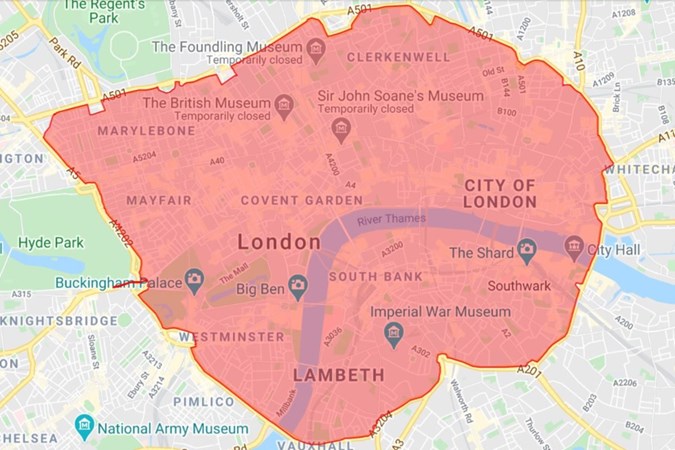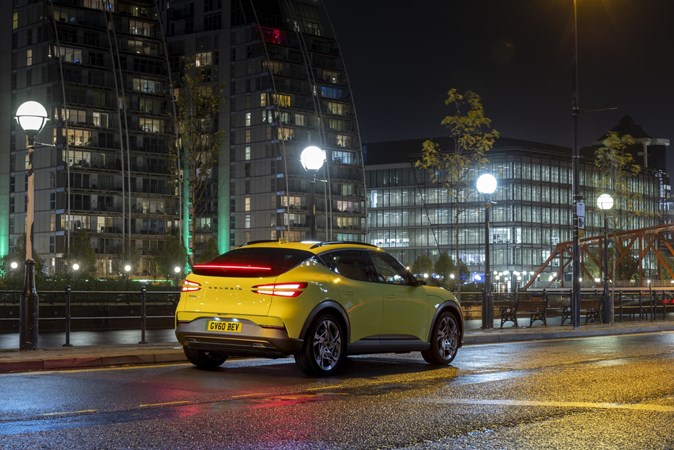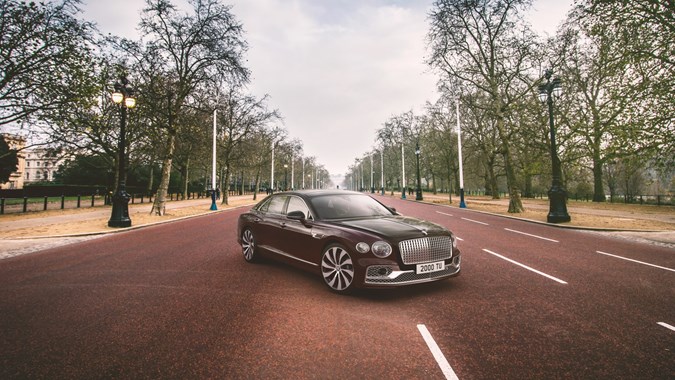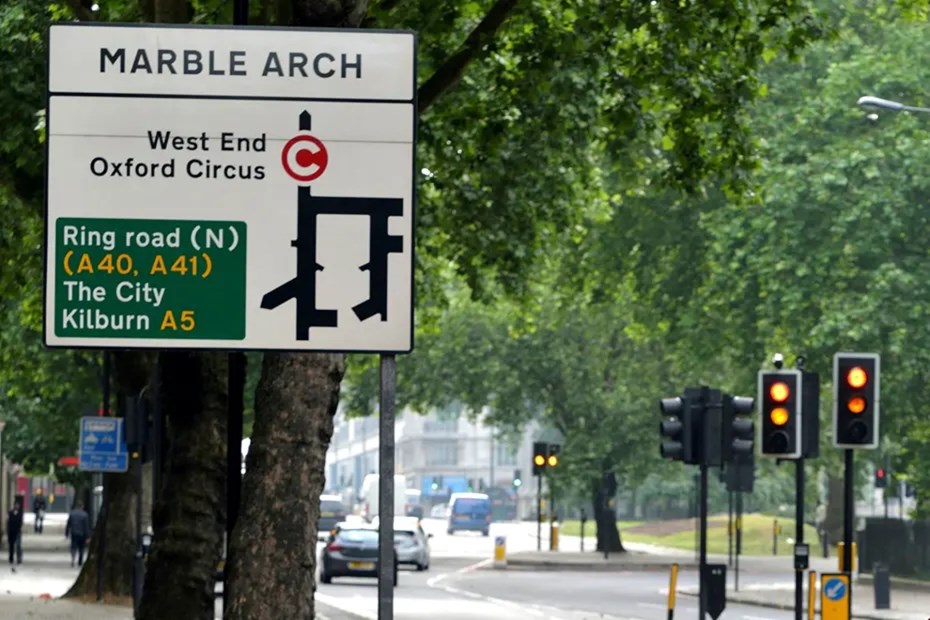The London Congestion Charge Zone (CCZ) was introduced in 2003 in an attempt to reduce congestion and, by default, lower emissions in the capital’s central zone. While it has been accepted as a fact of life by both residents and visitors, the Charge has always been controversial and is often interpreted as another tax on top of the pretty heavy tax burden UK motorists already bear. The introduction of the Ultra-Low Emissions Zone (ULEZ) has only added to the controversy.
In the BBC podcast The Spark, Rory Sutherland, co-author of ‘Transport for Humans’, suggests that making the CCZ free for all drivers several times a year would be more equitable.
Speaking to presenter Helen Lewis, Sutherland said: ‘One interesting thing which has to be considered, and there are several transport groups proposing this, is making Air Passenger Duty progressive. Your first couple of flights would be tax-free – by which I mean out and back. Then it gets progressively more [expensive] as you fly more.
‘I’d also support that [model] with something like the London Congestion Charge. I think, it’s our capital city and, several times a year, any freedom-loving Briton should be able to drive into London at no charge, after which it should get progressively more expensive. I think this business of hitting everybody one journey at a time [is wrong] and we have the technology to be much more sophisticated in the way we actually deploy these charges now.’
Sutherland went on to compare the model with annual rail passes, which are less attractive now remote working is more acceptable. He continued: ‘It effectively means these [approaches] need to be re-thought. When you actually look at… congestion charging, you realise those pricing systems were legacies of what was technologically possible in the 19th Century.’
Such suggestions draw parallels with proposals for road pricing. Such a scheme, if introduced, would see motorists charged under a pay-as-you-drive model.
Now, let’s get into the nitty-gritty of what the CCZ is and how it works.
What is the London Congestion Charge?
The London Congestion Charge (CC) is a fee of £15, paid daily, if you drive certain vehicles within the Congestion Charge Zone (CCZ) between the hours of 7am and 6pm on weekdays. The charge is in place for virtually the entire year, the only days you don’t have to pay are 25 December through to 1 January (the Christmas to New Year period).
During weekends and bank holidays, the hours the CC is in effect are reduced to 12pm to 6pm. The charge aims to discourage drivers from going into the centre of London. It’s also intended to improve air quality and that’s why electric vehicles currently qualify for a 100% discount.
Automatic number plate recognition (ANPR) cameras stationed throughout the CCZ identify every vehicle travelling within it.
Where is the London Congestion Charge zone?
The CCZ covers the very centre of London, including most of the main tourist areas. Driving around its edge would take you along the A501 on the north side, following Marylebone Road, Euston Road and Commercial Street down to Tower Bridge. Crossing the Bridge, you then trace the A3204 along Tower Bridge Road and New Kent Road to Vauxhall Bridge. Crossing back over the river, you’ll head north to Hyde Park Corner, along Park Lane to Marble Arch and back up to Marylebone Road.
The Transport for London (TfL) website has a postcode checker that can tell you if your destination is within the CCZ.

Do I have to pay the Congestion Charge?
Most vehicles that enter the London Congestion Charge Zone in the prescribed time periods are subject to the charge. That includes the vast majority of private cars.
There some types of vehicle that are exempted from the charge including two-wheeled motorcycles and mopeds, emergency service vehicles, taxis and vehicles registered for use by disabled people. You don’t actually need to do anything when entering the CCZ. It’s not like a car park where you have to take a ticket on entry and then pay on exit.
There are CCZ discounts available to certain people and types of vehicle including:
- Residents of the CCZ
- Breakdown/recovery vehicles
- Blue badge holders
- Vehicles with more than nine seats
- Motor-tricycles
- Ultra-low emission vehicles
- NHS staff
These discounts can be as much as 100% but must be applied for on the Transport for London (TfL) website ahead of your journey. If you forget, you’ll be landed with the full charge.
The Cleaner Vehicle Discount (CVD) is available for electric cars. It’s a 100% discount, so there’s nothing to pay when you enter the CCZ. TfL plans to discontinue the CVD in December 2025. After that, all motorists, including EV drivers, will have to pay the Congestion Charge in full, unless they’re eligible for another discount.

How do I pay the Congestion Charge, and what happens if I don’t?
The easiest way to pay the Congestion Charge is through the Transport for London website. You just need to sign in or create an account, then enter your car’s registration number. You’ll be shown a list of the times your car was driven into London, and you pick whichever ones you want to pay for.
There are a number of unofficial websites which you should avoid using.
Payment can be made up to 90 days in advance, or up to midnight on the third day after you drove into the CCZ. Pay in advance and the charge is £15. Otherwise, it’s £17.50.
If you don’t pay before the deadline a £160 penalty charge notice will drop through your door. Pay within 14 days and the penalty is reduced to £80. After 28 days, the penalty increases to £240.
If paying the charge every time you drive into the CCZ seems like too much hassle, you can set up an Auto Pay account. TfL tracks how many times you’re in the CCZ then takes full the amount due at the end of the month via Direct Debit.
It’s worth downloading the ‘TfL Pay to Drive in London’ app. You can use it to check if your destination is within the CCZ and pay the charge. It’s available on Apple and Android devices via their respective app stores.

If I have to pay the ULEZ charge, do I still have to pay the Congestion Charge?
Yes. The Ultra-Low Emissions Zone currently covers the area between the North Circular and South Circular roads and is due to be expanded out towards the M25 in all but a few areas. Drivers whose vehicles do not meet the ultra-low emissions threshold must pay the £12.50 charge. Fortunately, there are loads of great ULEZ-exempt cars out there.
The ULEZ charge is separate to the Congestion Charge. If your car doesn’t meet ULEZ standards and you also drive in the CCZ, you’ll be slapped with both charges. Pay the congestion charge in advance and it’ll cost you £27.50 to drive into the centre of the Capital. Pay on or after the day of your journey and it’ll cost £30.
To make life easier, you can pay both charges at the same time through the TfL website.











